Manufacturing firms bearing the name Pratt & Whitney have been global leaders in industries ranging from machine tools to jet engines. The original company was founded in Hartford, Connecticut, in 1860, by Francis A. Pratt and Amos Whitney, who supplied interchangeable tools, drills, mills, and lathes for firearm production during the American Civil War. Pratt & Whitney revolutionized machining while setting the standard inch as a measurement benchmark, but beyond technological achievements, the company also left a lesser-known baseball legacy.


Baseball gained popularity in Hartford circa 1860, as the agrarian city became more industrialized. To enhance publicity and morale, manufacturers, churches, and fraternal organizations sponsored athletic clubs. Pratt & Whitney Company established its first baseball team in the summer of 1866—nearly a decade before Hartford welcomed professional baseball. The P&W nine competed against crosstown clubs and teams from neighboring towns. In 1883, they ventured out of state for the first time, taking on a team from Holyoke, Massachusetts.

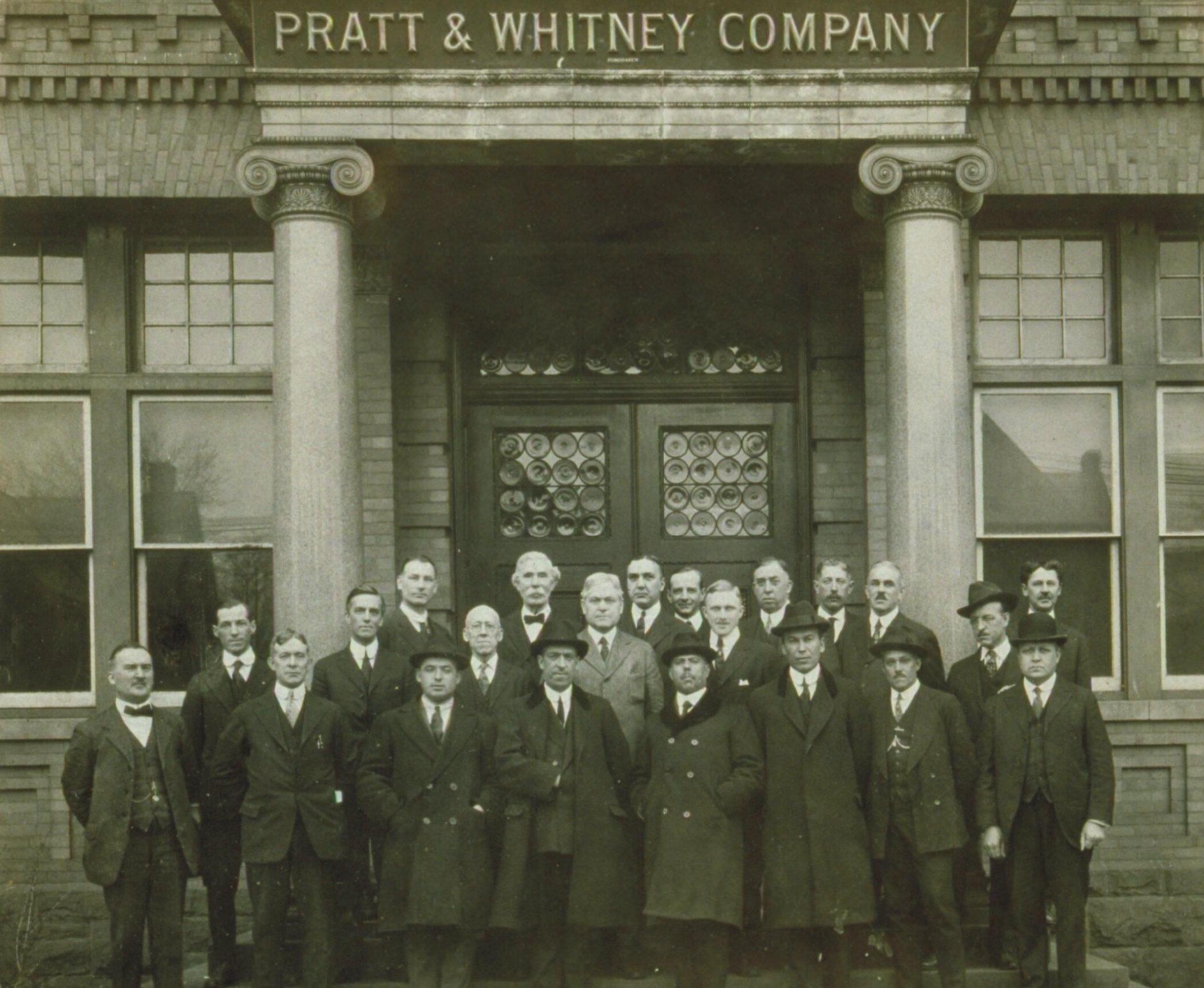

Pratt & Whitney also pioneered indoor baseball, during the cold seasons of 1899 and 1900. The club took part in the Indoor Baseball League at Hartford’s Y.M.C.A. When warmer weather came back, P&W competed in Hartford’s Shop Baseball League, later named the Factory League. Their opponents included Colt Armory, Billings & Spencer, Hartford Electric Vehicle, Hartford Rubber Works, and Pope Manufacturing. Local fans eagerly gathered to watch these spirited matchups at Colt Park and Wethersfield Avenue Grounds.






By 1916, the Factory League had evolved into the Hartford Industrial League, popularly known as the Dusty League. As Hartford’s premier amateur circuit, Pratt & Whitney claimed the Dusty League championship in its inaugural season. The team featured Dutch Leonard, a hard-throwing pitcher; John Muldoon, a catcher later signed by the Hartford Senators of the Eastern Association; and Sam Hyman, a Hartford High School southpaw destined for a professional career. Most of the team, however, was comprised local talent, including Rex Islieb, an outfielder whose key contributions helped Pratt & Whitney secure another pennant in 1918.
By 1916, the Factory League had grown into the Hartford Industrial League, also called the Dusty League. As Hartford’s premier amateur circuit, Pratt & Whitney claimed the championship in its inaugural season. Standout players included Dutch Leonard, a hard-throwing pitcher; John Muldoon, a catcher later signed by the Hartford Senators of the Eastern Association; and Sam Hyman, a Hartford High School southpaw destined for a professional career. All team members were employees and local residents. Among them was Rex Islieb, an outfielder whose contributions helped P&W secure another pennant in 1918.




Then on September 22, 1918, Pratt & Whitney squared off against a 23-year-old Babe Ruth, only eleven days after winning a World Series for the Boston Red Sox. He barnstormed a benefit game at Wethersfield Avenue Grounds for the Bat and Ball Fund, donating baseball equipment to American soldiers fighting in World War I. Ruth hurled and batted third for a semi-pro club, the Hartford Poli’s. His Red Sox teammate, “Bullet” Joe Bush started on the mound for Pratt & Whitney with big leaguers Shano Collins, Joe Dugan and Herman Bronkie behind him. Though Ruth pitched admirably, he was outdueled by Bush’s two-hit pitching performance and Pratt & Whitney won, 1-0.






Building on their victory over Babe Ruth, Pratt & Whitney’s baseball team maintained their good form the following season. Thousands of spectators gathered at Colt Park to watch the team secure the 1919 Industrial League title—marking their third consecutive pennant. Pratt & Whitney capped off a remarkable season with a year-end celebration at the Hotel Bond on Asylum Street. While supporting the Allies in World War I, Pratt & Whitney’s company team had also established an elite reputation. Their standout player was a two-way outfielder named Jack Vannie, a Bulkeley High School graduate and a former member of the Hartford Poli’s.


As baseball thrived, the “Roaring Twenties” prompted expansion at Pratt & Whitney. In 1925, aviation engineer Frederick Rentschler partnered with Pratt & Whitney Machine Tool to build new aircraft engines, thus beginning Pratt & Whitney Aircraft Company. As the company made advances in jet engines, its workers built camaraderie and community around athletics, including bowling, tennis, basketball and football. The P&W baseball club of the 1920s contended in the Industrial League, but with limited success compared to previous years.

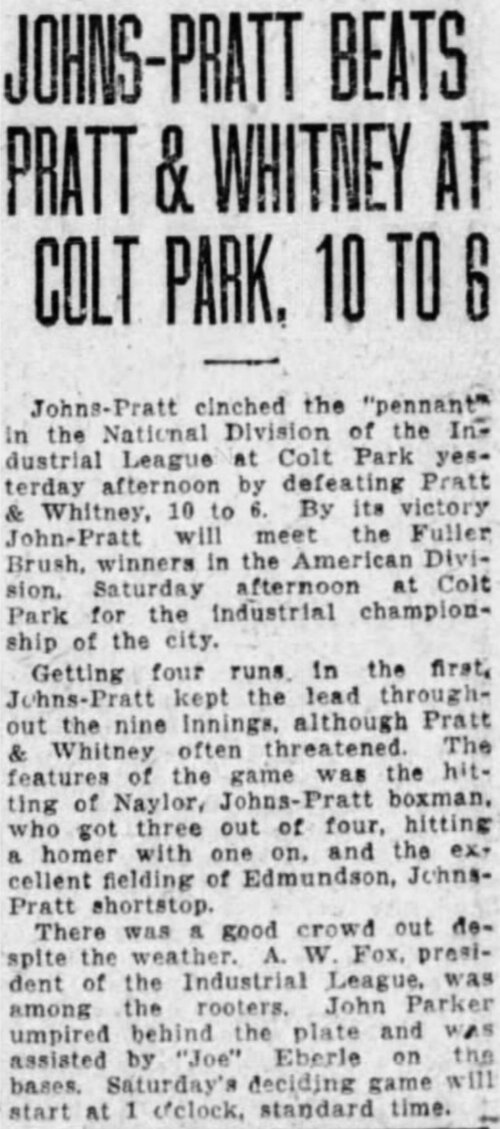

When most businesses were stricken by the ill effects of the Great Depression, Pratt & Whitney thrived on federal contracts. Frederick Rentschler produced a thousand Wasp aircraft engines by 1929, but soon broke away from Pratt & Whitney. His division was spun off and merged with Boeing to form United Aircraft and Transport Corporation (a predecessor of United Technologies Corporation). As part of the agreement, United Aircraft retained the name Pratt & Whitney Aircraft and in 1930, they formed a new baseball club.







The Pratt & Whitney Aircraft “Aircrafters” and the Pratt & Whitney Machine Tool “Toolmakers” produced a friendly baseball rivalry throughout the 1930s and 1940s. Both clubs were regulars of the Hartford Industrial League, the Public Service League and the East Hartford Twilight League. Though after antitrust laws broke up United Aircraft and Transport Corporation in 1934, a new firm emerged in United Aircraft Corporation (consisting of Pratt & Whitney Aircraft, Sikorsky, Chance Vought and Hamilton Standard). President Fred Rentschler moved their headquarters to a giant complex in East Hartford, Connecticut, and the baseball team continued on as United Aircraft.
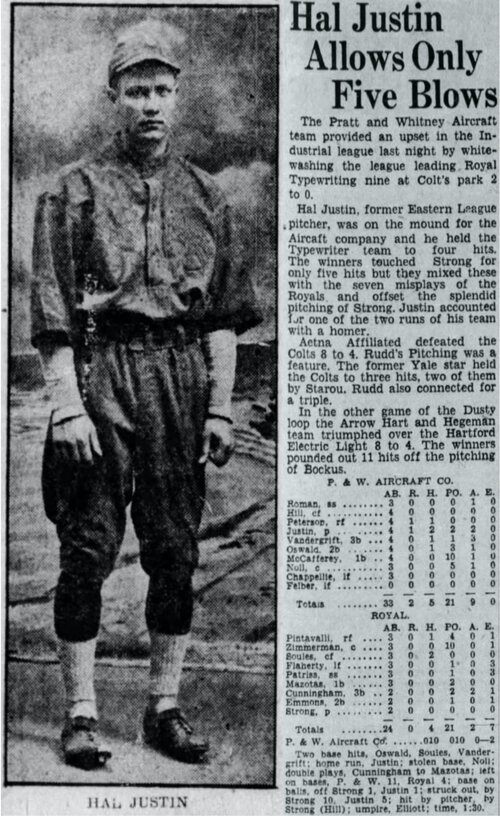
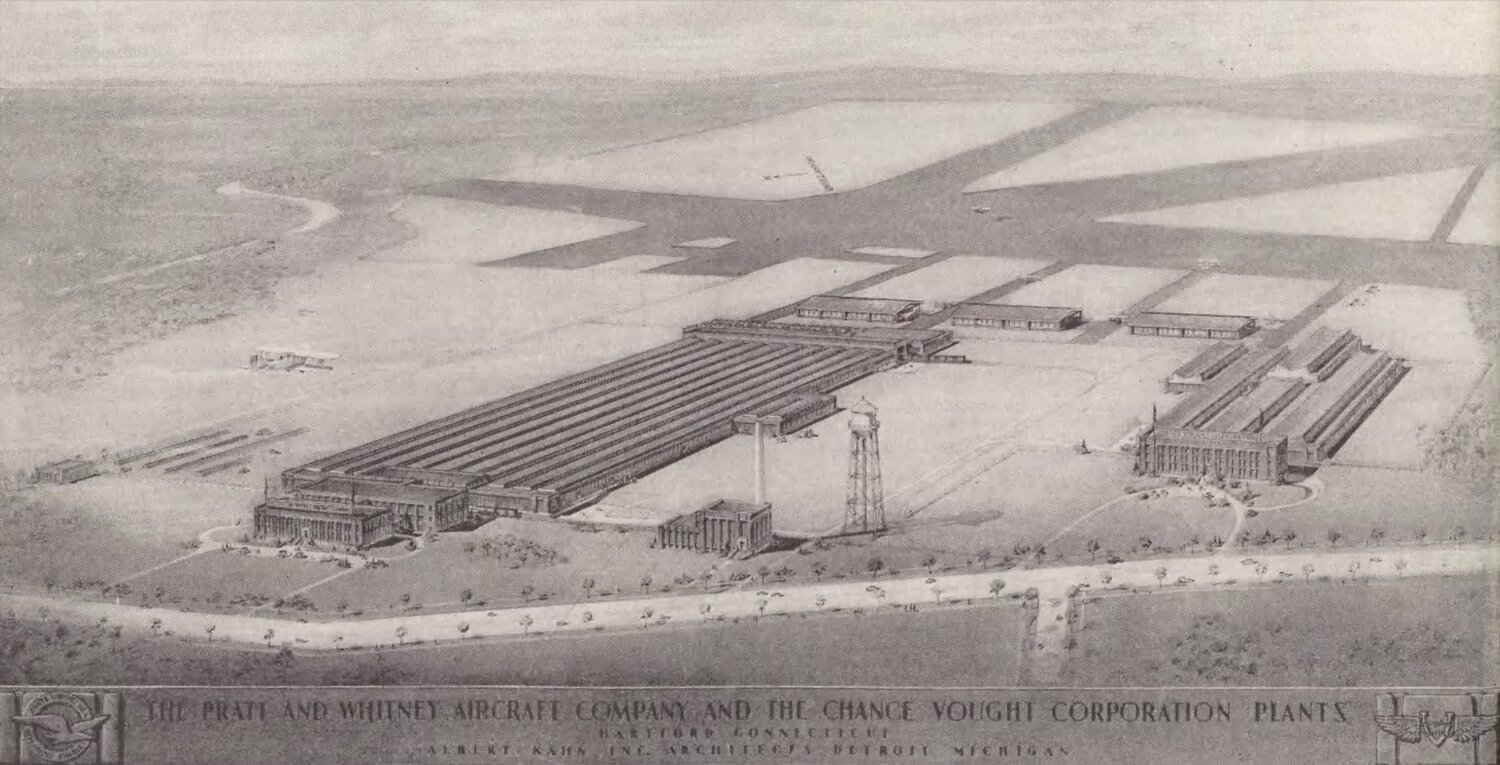
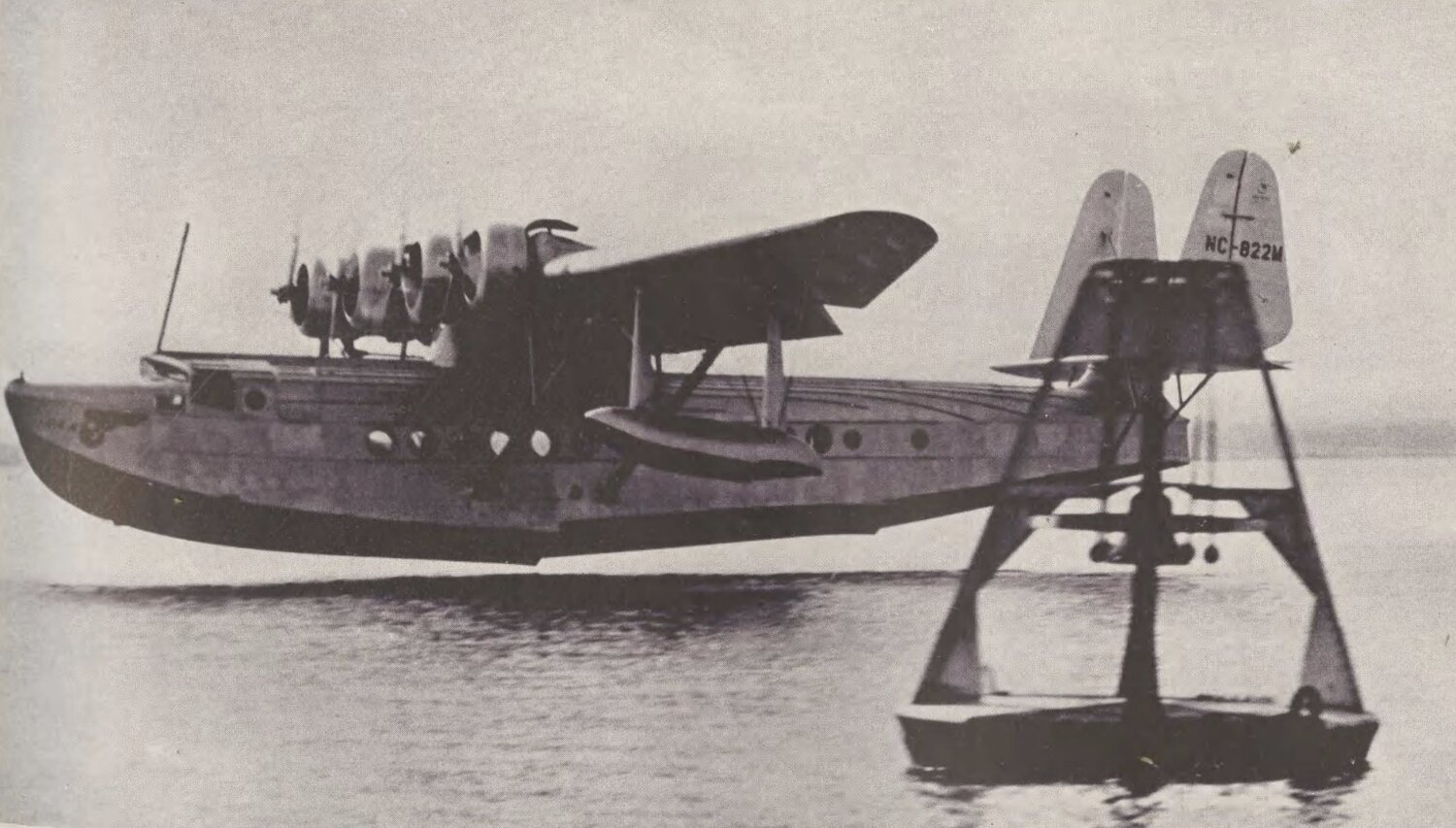

In springtime of 1937, United Aircraft’s club entered the Industrial League and then they joined the East Hartford Twilight League around midsummer. That same season, they hosted an exhibition game versus an United States Marine Corps nine from Quantico, Virginia. The Aircrafters starred GHTBL Hall of Fame inductees Joe Tripp and Bill Calusine. A former Eastern League pitcher, Hal Justin, served as manager and guided them to the 1939 Industrial League championship.




While their clubs presided over Hartford’s baseball scene, Pratt & Whitney Machine Tool and United Aircraft made major contributions to the Allies of World War II. Both baseball clubs fielded professionals and aspiring prospects whose careers were interrupted by war. Aircraft’s workforce swelled to more than 40,000 employees, helping America build more planes than any nation. It was on the diamond at East Hartford’s Burnside Park where employees and fans retained a sense of normalcy.


United Aircraft boasted a minor league outfielder, John Chomick, and a tandem of brothers in the infield, Pete Kapura and George Kapura. Hartford’s hometown ace of the Negro Leagues, Johnny Taylor, pitched for the Aircrafters on several occasions. Meanwhile, Pratt & Whitney Machine Tool rostered one-time Boston Braves pitcher, George Woodend, as well as minor leaguers, Daniel Zazzaro, Jake Banks and Charlie Wrinn. The Toolmakers seized the 1942 Hartford Industrial League and the 1943 East Hartford Twilight League. On April 25, 1943, they faced off against the Hartford Senators of the Eastern League in an exhibition, losing only by one run.







In 1947, United Aircraft made a bid at the Hartford Twilight League championship. Behind strong pitching from Iggy Miller Murawski, the team cruised by Royal Typewriter in the semifinals. In the final round against Lenny’s Yellow Taxi, the Aircrafters split a Saturday doubleheader, but due to unknown circumstances, the team was unable to field enough players and were forced to forfeit the deciding game of the series. (United Aircraft had reverted back to using the name Pratt Whitney Aircraft around 1945 and both names were used interchangeably.)





In 1952, the Aircrafters claimed both the Hartford Industrial League and the Manchester Twilight League. The following summer, the team joined the Hartford Twilight League and captured the championship under the leadership of their manager, Johnny Roser. Professional scouts were impressed, leading the New York Giants to sign Aircraft pitcher Bob Kelley to a minor league contract. The team’s dominance continued in 1955 when they secured another dual championship, winning both Industrial League and Hartford Twilight League titles.








A notable campaign for Pratt & Whitney Aircraft came in 1957. That season, first baseman Dick Pomeroy won a Twi-loop batting title and the club’s ace and freshman at the University of Connecticut, Pete Sala, tossed his way to a minor league contract with the Pittsburgh Pirates. The Aircrafters played their final Hartford Twilight League season in 1960. Around this time, Pratt & Whitney Machine Tool and Pratt & Whitney Aircraft began to sponsor softball teams instead of baseball. When Aircraft opened a new division in North Haven, Connecticut, the company erected a softball field for its employees.






Although their contributions are largely unnoticed today, Pratt & Whitney greatly influenced and developed baseball in the Greater Hartford area. Teams representing the many companies of Pratt & Whitney competed in Hartford’s amateur leagues for nearly a century. Amid endless changes, innovations, mergers and acquisitions, baseball was one of few constants for manufacturing laborers – especially the men who toiled and tossed for Pratt & Whitney.


Sources:
- Hartford Courant, available at www.newspapers.com (accessed: 2020).
- Pratt & Whitney, available at www.prattandwhitney.com (accessed: 2020).
